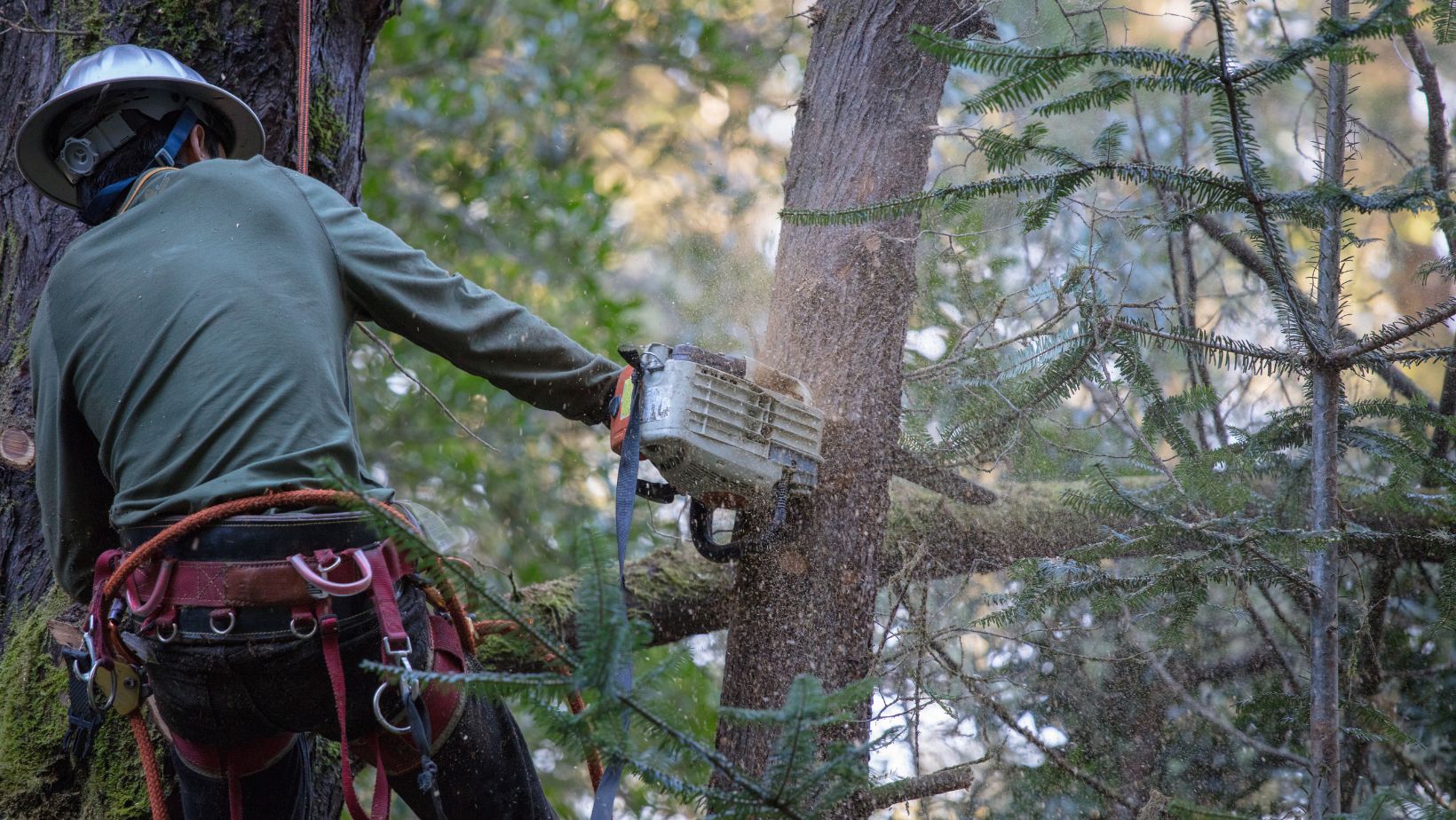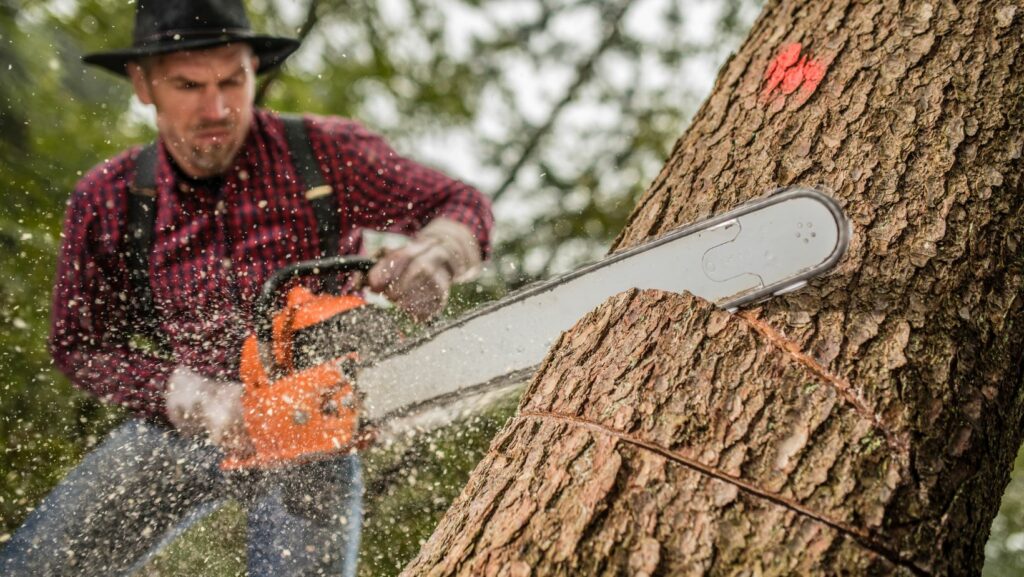The Art And Science of Tree Disassembly
Tree disassembly, a crucial component of arboriculture, is an intricate and skilled process, blending the art of understanding tree structure with the science of safely removing it. Whether for maintenance, safety, or aesthetic purposes, the process of dismantling a tree demands expertise, precision, and a deep respect for nature. This guide offers insights into the professional world of tree disassembly, highlighting techniques, safety measures, and considerations to ensure effective and responsible tree management.
The Importance of Professional Tree Services
Navigating the Complexities of Tree Removal
Tree removal is a complex task that requires not only physical strength but also a deep understanding of tree biology and cutting techniques. Engaging professionals, such as those from Tree Removal Sydney, ensures that trees are dismantled safely and efficiently, with minimal risk to people and property. These experts are equipped with the necessary tools, knowledge, and experience to handle various tree disassembly scenarios.
Understanding Tree Health and Safety Risks
Professional arborists can assess a tree’s health and identify potential risks. This assessment is crucial in determining whether disassembly is necessary and, if so, the best approach to take. Diseased, dying, or dead trees pose significant hazards and often require removal to ensure safety.
Techniques in Tree Disassembly
Sectional Felling
Sectional felling is a common technique used in confined spaces where direct felling is impossible. This method involves cutting the tree into sections and lowering them to the ground using ropes or cranes. It requires precise cutting techniques and coordination.
Directional Felling
For trees in more open spaces, directional felling may be used. This technique involves cutting the tree so that it falls in a specific direction. It requires knowledge of tree physics and an understanding of wind direction and other environmental factors.
Safety Measures in Tree Removal
Personal Protective Equipment (PPE)
Safety is paramount in tree disassembly. Arborists wear PPE, including helmets, eye protection, gloves, and chainsaw-resistant clothing, to protect against injuries from falling branches, chainsaw cuts, and other hazards.
Rigging and Roping Techniques
Rigging and roping are essential for controlling the direction and speed of falling branches. These techniques help manage the forces involved and protect property and bystanders from potential harm.

Environmental Considerations
Minimizing Impact on Surroundings
Responsible tree disassembly involves minimizing the impact on the surrounding environment. This includes protecting nearby plants, wildlife habitats, and ensuring that the removal process does not adversely affect the local ecosystem.
Disposal and Recycling of Tree Materials
Once a tree is dismantled, the question of disposal arises. Professionals often chip smaller branches for mulch and recycle larger sections for timber or firewood, contributing to a sustainable cycle of resource use.
Legal And Ethical Considerations
Compliance with Local Regulations
Tree removal often falls under local government regulations. It’s important to comply with these regulations, which might involve obtaining permits or following specific guidelines regarding tree removal.
Ethical Considerations in Arboriculture
Ethical considerations, such as the preservation of heritage trees and respecting wildlife habitats, are also crucial. Professional arborists are trained to make informed decisions that balance human needs with environmental responsibility.
Advanced Tools And Equipment in Tree Disassembly
The Role of Modern Technology
Modern technology has significantly enhanced the efficiency and safety of tree disassembly. This includes the use of advanced chainsaws, cranes, and wood chippers, as well as software for planning and executing tree removal operations.
The Importance of Regular Tool Maintenance
Maintaining tools and equipment in top condition is essential for safe and effective tree disassembly. Regular maintenance ensures that tools are safe to use and perform at their best.

Aftercare And Restoration
Stump Removal and Site Cleanup
After a tree is removed, stump removal is often the next step. This can be achieved through grinding or chemical treatments. Site cleanup is also important to remove any debris and ensure the area is left tidy and safe.
Landscape Restoration
Following tree removal, landscape restoration may be necessary. This can include planting new trees or shrubs, repairing any damage to the landscape, and ensuring the area integrates well with its surroundings.
The Comprehensive Approach to Tree Disassembly
Tree disassembly is a comprehensive process that extends beyond just cutting down a tree. It encompasses a deep understanding of tree biology, mastery of cutting techniques, rigorous safety measures, and a strong sense of environmental and ethical responsibility. Whether for safety, health, or aesthetic reasons, professional tree disassembly is a critical service that contributes significantly to maintaining the health and safety of our urban and natural environments. With the right expertise and approach, tree disassembly can be conducted effectively, safely, and responsibly, ensuring a balance between human needs and environmental stewardship.


More Stories
From Spins to Wins: Understanding Flow in Slot Games Online
Unraveling the Joy of Knitting: A Guide to Finding Your Perfect Pattern
What Makes a Property Owner Liable for Poor Lighting?